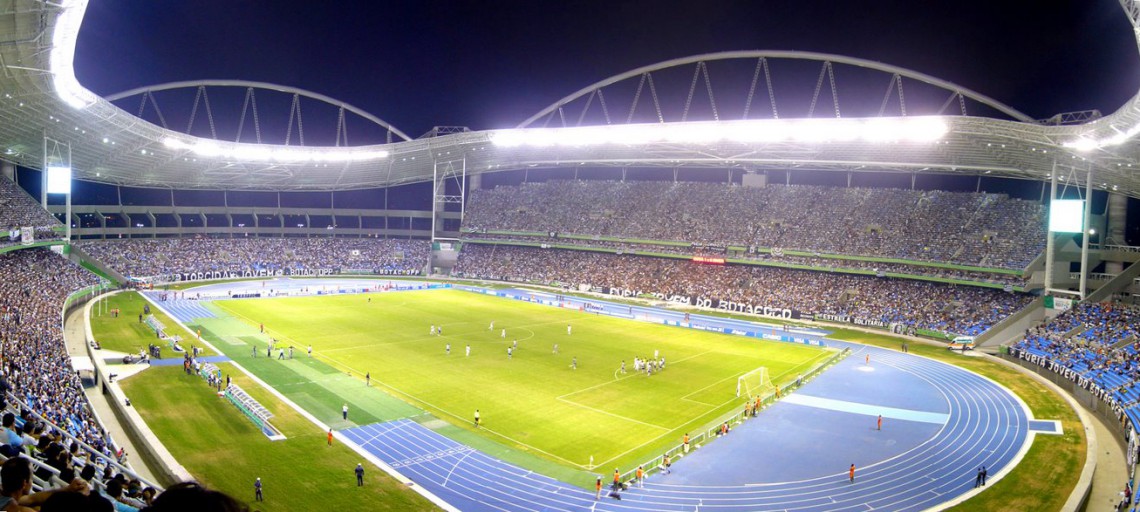
Even if you lacked the ability to travel to Brazil to attend the 2016 Olympics this year, the chances remain excellent that you enjoyed better access to the games as a result of digital signage! The technology assisted the public this year in three important ways:
First, many news reporters attending athletic events relied extensively upon this phenomenon to gain critical information about the array of ongoing activities rapidly. Second, digital screens also helped televise and promote specific brands to a wide audience. Third, digital signs even helped some game organizers publicize individual responsibilities during key ceremonies to interested local audiences.
Advertising networks have long used this form of display to share information with the public. Recently, sports newscasters also began appreciating the significance of a multitude of digital screens in transmitting vital information at a rapid pace.
For instance, NBC Sports Group installed walls containing multiple digital displays. The broadcasting company placed three indoors and one outdoors. The screens captured a variety of sporting events in exquisite detail. Sportscasters relayed reports against this vivid backdrop. Digital technology provided one means for contributing extra visual interest in the games from the anchor desk.
Banks of digital screens in some athletic stadiums in Brazil provide advertising platforms to showcase company activities and sponsored products. For instance, some 220 digital screens have promoted goods and services to patrons attending matches at Arena da Baixada Stadium in Curitiba since 2014, when the stadium hosted the FIFA Cup games.
During the Olympics, matches played in this venue also enabled advertisers to transmit commercials to the crowd. A growing number of Brazilian companies have discovered the benefits of broadcasting promotional materials in this setting. Some sources estimate that the digital advertising networks set up to display products during this year’s games will reach more than half a million people, many of them visiting tourists who booked trips specifically to attend the internationally acclaimed athletic competitions.
The flexibility and utility of digital signage today becomes very evident when considering the full range of functions this medium performed at the games in Brazil. The Australian team employed screens of digital information to supply detailed background data about Anna Meares, the cyclist who carried the Australian flag during the opening ceremonies in Brazil.
By linking a digital network of screens in Australia, the organizers provided very specific public relations materials to a number of local communities during the ceremony. The coordinated effort provided a way for many Aussies to enjoy a personalized, content-rich viewing experience, even if they could not attend the Olympics in Brazil in person. Perhaps in the future, other nations will choose to furnish this type of detail-oriented introduction to expand the reach of the games internationally. When global sports competitions first gained widespread popularity, this type of technology did not exist; in the future, digital screens will likely provide a more inclusive environment for audiences around the world.
Many people will watch preparations for the 2020 games closely to detect additional uses for digital technology. Considering their broad utility and their ability to personally engage viewers with a massive event in a more intimate, personalized way, digital signs will likely find expanded uses at this type of international gathering in the future!